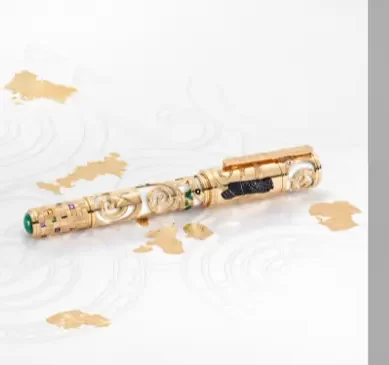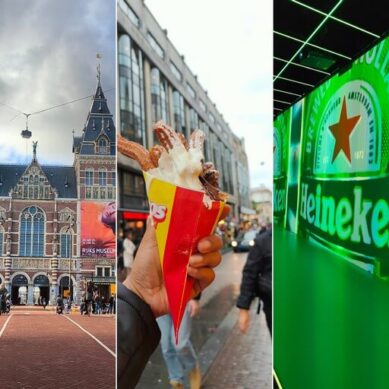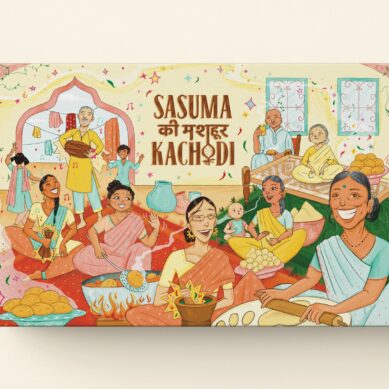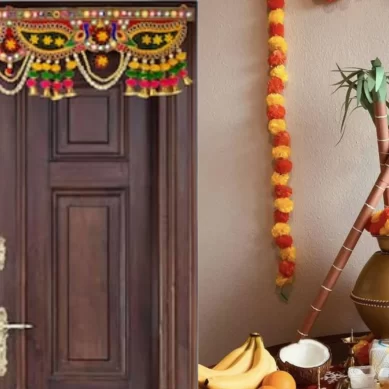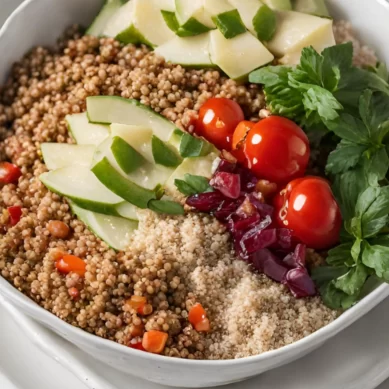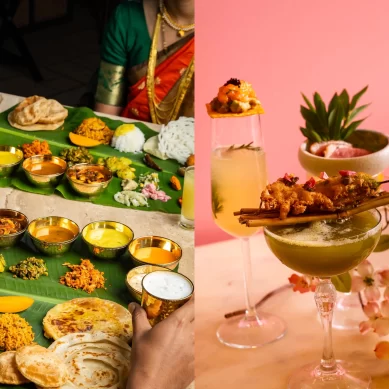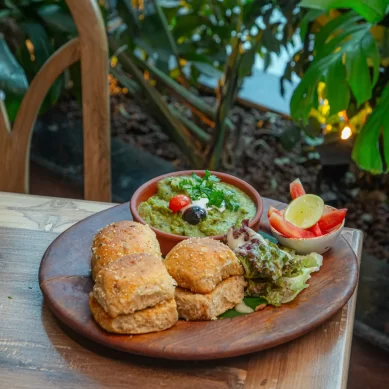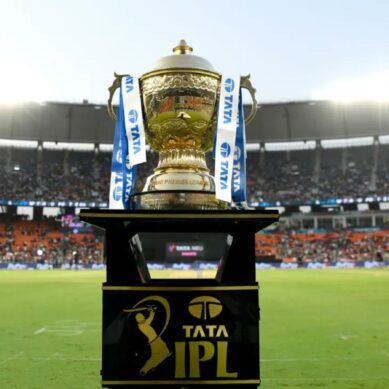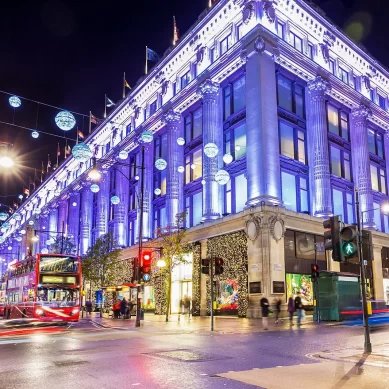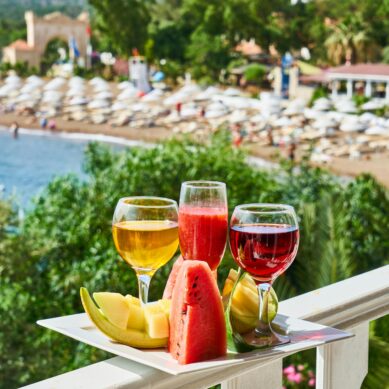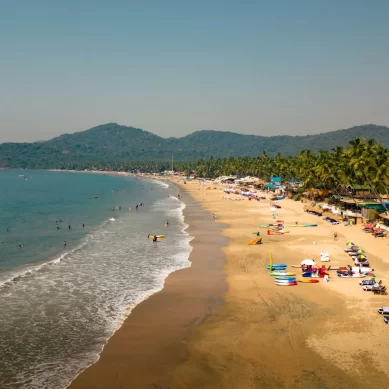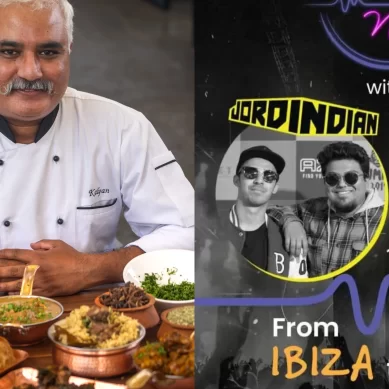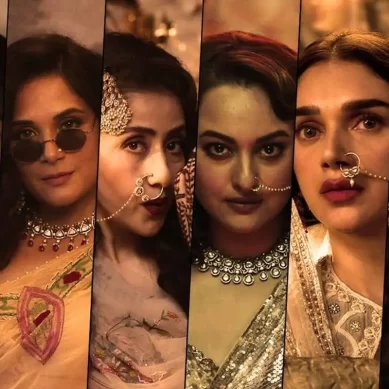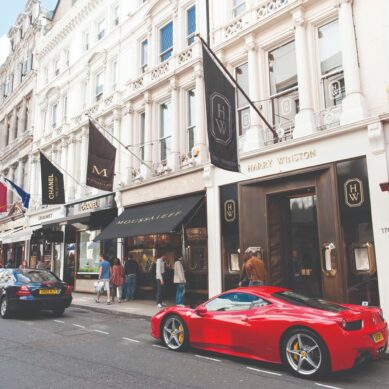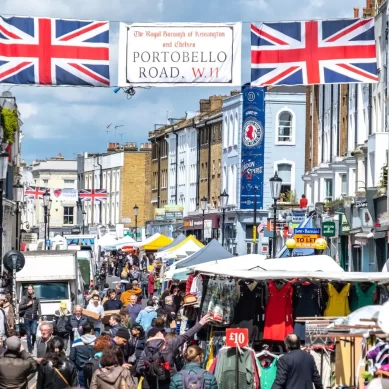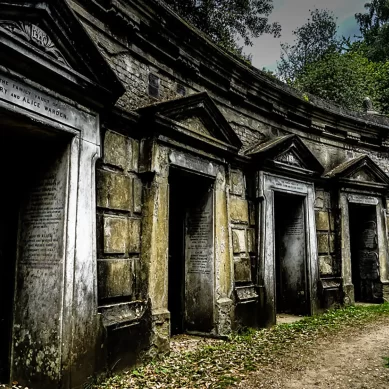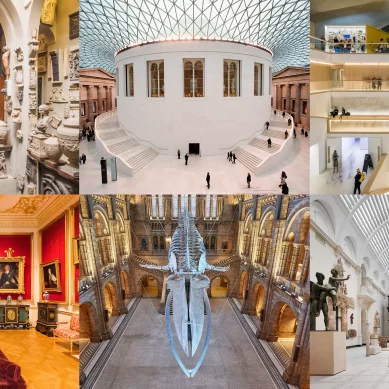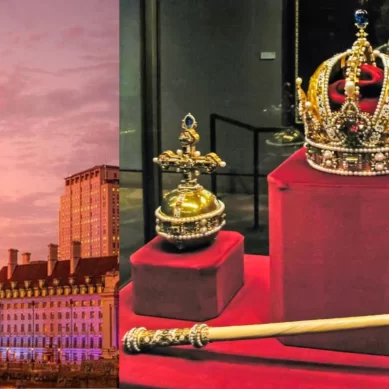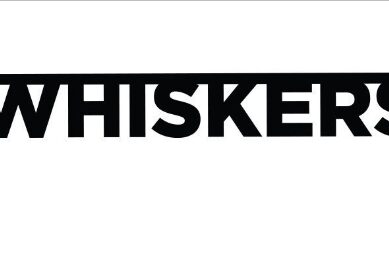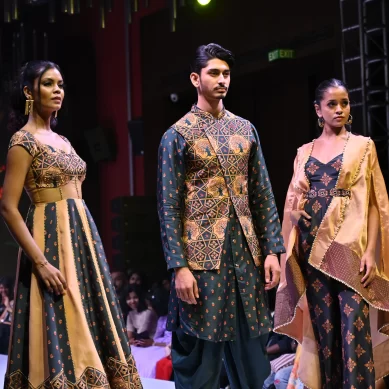
India’s Republic Day, which is celebrated on January 26th, has a particular place in the hearts of all Indian citizens. It honor’s the day when the Constitution of India came into effect in 1950, turning the nation into a sovereign, socialist, secular, and democratic republic. As the country proudly celebrates its democratic ideals, one of the most famous and much-anticipated occasions is the Republic Day Parade, an amazing display that takes place in the heart of the capital, New Delhi.
The Republic Day Parade is a visual spectacular that celebrates the country’s diverse cultural tapestry, military might, and technical prowess. The march takes place on the Rajpath, a grand road that connects the Rashtrapati Bhavan (the Presidential Palace) to India Gate, the war monument that serves as a symbol of bravery and sacrifice. Thousands of spectators, both from India and around the world, lined the route to observe this grand celebration of national pride.
The importance and significance of Republic day parade
In honour of this important occasion, a large Republic Day parade is organised on January 26. It is celebrated in the national capital, New Delhi, in front of the Ama Jawan Jyoti, to pay tribute and honour to Indian soldiers who sacrificed their lives during the liberation movement and war to safeguard the country. It begins at Raisina Rashtrapati Bhavan and runs along Rajpath until it terminates just past India Gate. This parade is notable because it reflects the power of the Indian armed forces by displaying tanks, missiles, and radars, the culture and traditions of several Indian states, and the creative abilities of children.
The invited main guest from another country and the President of India are the guests of honour during the Republic Day Parade. The parade begins with a floral tribute at the Amar Jawan Jyoti, followed by flag hoisting, a 21-gun salute, and the playing of the National Anthem. The President of India, the Commander-in-Chief of the Indian Armed Forces, takes the salute during this big parade. It provides bravery to Indian adolescents and makes them proud to be Indian citizens.
Historical Roots:
The history of organising parades on Republic Day dates back to the inaugural celebration in 1950. Dr. Rajendra Prasad, the then-President of India, joined the parade, which was a modest but significant occasion. Since then, the Republic Day parade has grown in size and expertise, becoming one of the country’s most spectacular events.
Military Splendour:
One of the most visible aspects of the Republic Day parade is the demonstration of military strength. The parade highlights India’s defence strengths, with a stunning march by the Army, Navy, and Air Force. This portion highlights the discipline, precision, and professionalism of the Indian armed forces, fostering pride and confidence in the citizens.
Cultural exhibition
Apart from the military display, the Republic Day parade is a colourful celebration of India’s cultural diversity. The parade has representatives from several states and union territories, each with its own traditional dances and artistic expressions. The tableau parade is visually stunning, portraying India’s cultural mix. This chapter exemplifies the country’s dedication to unity in diversity and highlights the beauty of its diverse past.
Inclusivity and Social Relevance
The Republic Day parade shows the evolving social dynamics of the country. Efforts are made to make the procession more inclusive, with representatives from various paramilitary units, police, and civil organisations taking part. This diversity represents the collective effort of every part of society to defend the values stated in the Constitution.
15 interesting facts about the parade on January 26
1. As we all know, the parade on January 26th is organised every year at Rajpath in New Delhi; however, did you realise that Rajpath was not the parade’s organising centre from 1950 to 1954? During these years, the 26th of January parade was held at Irwin Stadium; now it is at National Stadium, Kingsway, Red Fort, and Ramleela Maidan.
Rajpath became the permanent location for the January 26th procession in AD 1955. Rajpath used to be known as ‘Kingsway‘ and is now known as Kartavyapath.
2. The procession on January 26th begins with the president’s arrival. The President’s cavalier bodyguards first salute the National Flag, followed by the National Anthem and the 21 Gun Salute. But did you realise that firing does not end with 21 canons? Instead, seven Indian army cannons known as “25 Ponders” are employed to fire in three rounds.
3. All parade members get ready by 2 a.m. and gather at Rajpath by 3 a.m. However, preparation for the parade begins in July of the previous year, when all participants are formally notified of their participation. They practice parades in each of their unit centres until August, and then travel to Delhi in December. During their formal performance on January 26th, the contestants had already rehearsed for 600 hours.
4. A different camp near India Gate is set up for all of India’s tanks, armoured vehicles, and advanced technology, demonstrating the country’s military prowess. The investigative procedure for each cannon, as well as the whitening work, is typically completed in ten steps; however, this time could vary.
Each group covers a distance of 12 miles during the parade practice on January 26th, but only 9 kilometres on the actual march day. Judges sit during the parade and judge each participating group based on 200 traits before awarding the “best marching group.”.
Every activity during the January 26th parade event is pre-planned, beginning to end. As a result, any small error or delay of a few minutes could be costly to the organisers.
7. All parade participants get ready at 2 a.m. and arrive at the Rajpath by 3 a.m. However, preparations for the procession begin in July of the preceding year, when all participants are formally informed of their involvement. They practice parades at their respective regiment centres till August and then travel to Delhi around December. Before the actual performance on January 26th, the contestants had already practiced for 600 hours.
8. A separate camp near India Gate has been set up for all of India’s tanks, armoured vehicles, and modern equipment to demonstrate the country’s military prowess. The investigative procedure for each cannon and the task of whitewashing are typically completed in ten steps; however, this time may be variable.
9. Each group travels 12 kilometres during rehearsal for the march on January 26th, but just 9 kilometres on the actual parade day. Judges are stationed throughout the parade, judging each participating group based on 200 categories before awarding the “best marching group” title.
10. From start to finish, every action at the January 26th parade event is meticulously planned. As a result, even the tiniest miscalculation and delay of a few minutes could be costly to the organisers.
11. Every army personnel who participates in the parade must go through four rounds of investigation. Aside from that, their guns are extensively inspected to guarantee that they are not loaded with live bullets.
12. The parade’s tableaux travel at a speed of about 5 km/hr, allowing people to see them closely. You’ll be astonished to learn that the drivers of these tableaux drive through a little window. Twelve states and union territories, as well as nine ministries and departments, have been chosen to display their tableaux during the Republic Day parade on January 26.These are: Arunachal Pradesh, Haryana, Chhattisgarh, Goa, Gujarat, Karnataka, Meghalaya, Punjab, Uttar Pradesh, and Uttarakhand.
13. The “flypast” is the most fascinating aspect of the event. The Western Air Force Command is in charge of the “flypast,” which includes approximately 41 aircraft. The planes participating in the parade take off at different Air Force centres and arrive at the Rajpath at an established time.
14. The song “Abide with Me” is performed at every Republic Day parade because it was Mahatma Gandhi’s favourite song. However, the national government has already eliminated it.
15. Men marching in the parade carry naturally built INSAS guns, while Special Security Forces personnel march with Israeli-made Tavor rifles. This time, maybe it’s different.
16. The Beating Retreat ceremony takes place on January 29th at Vijay Chowk, featuring performances by the Indian Army, Air Force, and Navy bands. It concludes India’s Republic Day celebrations.
The Republic Day Parade celebrates India’s democratic ethos and cultural history while also showcasing the country’s diversity. It is more than just a display of military power; it is a vibrant celebration of the country’s identity and advancement. As everyone around the globe observes, the Republic Day Parade is a source of pride for every Indian, promoting patriotism and shared ideals that resonate throughout the vast geography of this great nation.



